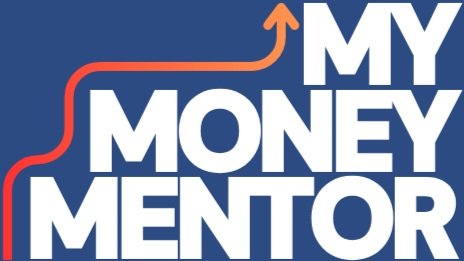What is an Option?
An option is a contract- a contract that gives you the right but not the obligation to buy something on a set future date, at a set future price. They can be incredibly powerful tools for generating a return, or for protecting yourself from downside.
They are commonly confused with ‘Futures’ which remove the ‘right but not obligation’ and make it an obligation- with a future you’re agreeing to absolutely transact at a set price on a set date in the future, and you can’t change your mind. Options let you decide if you want to or not. But forget about futures for now- we’re talking only about options. Options exist over many different assets- stocks, bonds, commodities, land etc.
Options come in two types: Puts and Calls. Puts give you the right to sell a stock (or other asset), Calls give you the right to buy.
There are two parties to any option contract- the buyer, and the seller- who is also often called the writer of the option. The seller is also called the ‘writer’ as they are the person who effectively creates the option (by ‘writing the contract’) and sells it to the buyer. It is simple and easy to be either the buyer or the writer, and we will walk through how you can do either, or both. And don’t worry- to write options, you don’t have to actually write the contracts- that is thankfully done for you nowadays and options listed on the major exchanges are traded in standardized forms.
When you buy an option, you are ‘long’ the option, when you write an option you are ‘short’ it. These are the same terms used in traditional stock trading.
Every option has a number of elements to it:
Asset to which it relates: this tells you which stock or asset the option relates to- also known as the ‘underlying’.
Whether it’s a Put/ Call: Call gives you the right to buy the underlying, Puts give you the right to sell the underlying.
Strike Price: This is the price at which the option gives you the right to transact.
Expiry date: The end of the option’s life.
Multiplier: For options on stocks, this denotes how many shares of the underlying each single option contract represents. Each contract is usually for 100 shares in the US, sometimes 1000 in the UK. The market continues to evolve with more and more choice, and you can sometimes now see contracts with multipliers as low as 1 share, although these are rare.
Whether the option is American/ European: This is the ‘style of option’. These are the two most common option styles- American gives you the right to exercise your contract and buy/ sell at the strike price at any time before the expiry date, European allows you to exercise your right only on expiry of the contract.
Option price (or Premium)
This is the price the buyer of the option pays the seller of the option in exchange for the contract.
If you’re looking at a stock option online, it might look something like this:
UPS July 17th 2023 $200 Call 100 $6.95
The above UPS July 2023 $200 Call option last traded for $6.95 (note- the prices you see on screen are per share of UPS and here the contract is for 100 shares, so the last traded price was $695 per option contract), and gives the holder the right to buy 100 shares of UPS at $200 on July 17th 2023, if they wanted to, but no obligation. If you’ve bought that call option and in July 2023 UPS is trading at $300, well you have the right to buy 100 shares at $200 and the effect is almost magic- you can buy 100 shares at $200 (this is called Exercising the option) and immediately sell them for $300 to create $100 profit per share.
An equivalent strike Put option might look like this:
UPS July 17th 2023 $200 Put 100 $26.70
A UPS July 2023 $200 Put option (last traded for $26.70) would give the holder the right to sell UPS at $200 in July 2023. If UPS is at $300 in July, the put option is worthless at that point- the right to sell something for $200 when you can sell it in the open market for $300 isn’t any use to anyone. However if UPS stock has dropped to $150, the Put is valuable, offering you the ability to exercise the option and sell 100 shares for $200 when you’d only get $150 for them if you just sold them in the open market.
